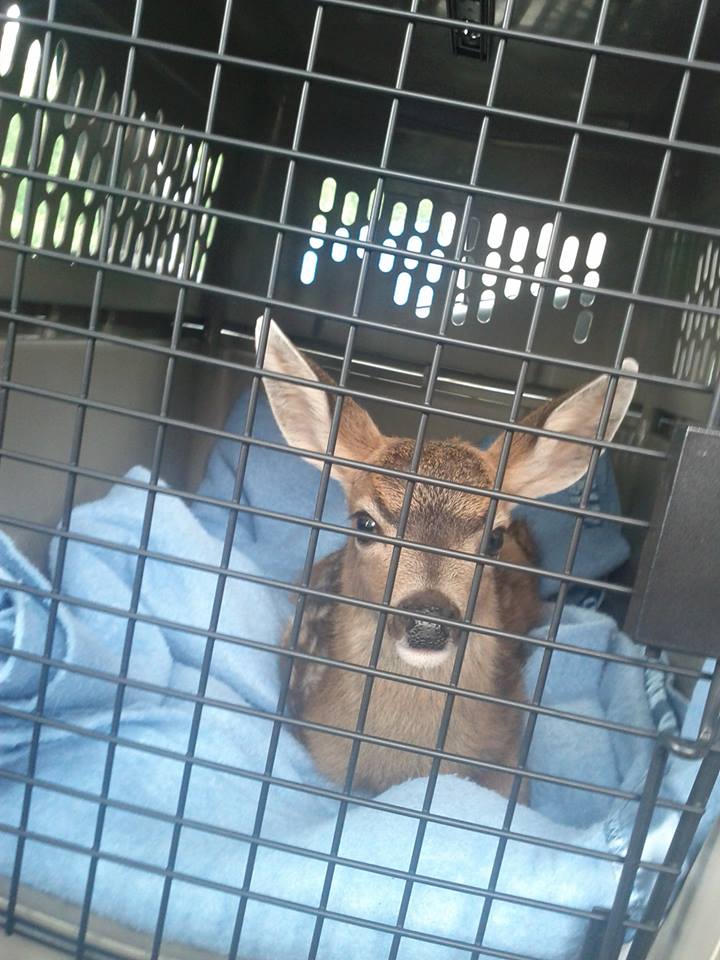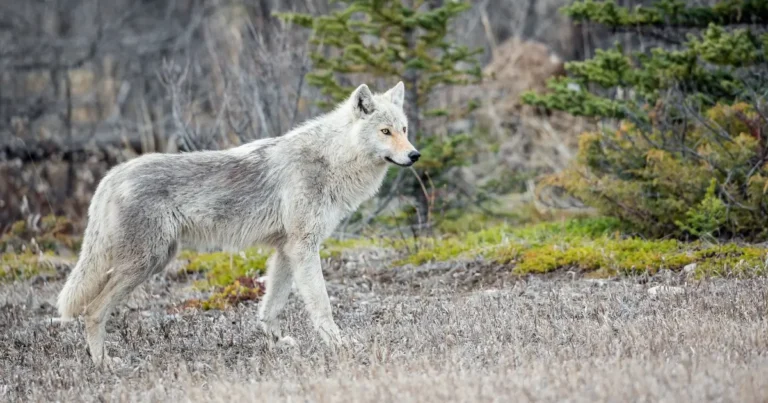Wildlife rehabilitation centres care for many “kidnapped” fawns each year. They are healthy babies that are mistakenly thought to be orphaned or abandoned. Although well-intentioned, these attempts to “rescue” fawns do them more harm than good.
Baby fawn season:
Deer typically give birth between May and June. After they are born, fawns are unable to follow their mothers for the first two weeks of life. So, to avoid attracting predators to her baby, a mother may only return a few times a day to nurse the young deer.
While the mother is away, the fawn will typically lie quietly in vegetation waiting for her to return. The fawn’s camouflage and lack of scent keep it hidden from potential predators.

What to do if you find an orphaned or injured baby fawn:
If you find a baby fawn and believe that is has been orphaned, there are some important steps to follow to keep the animal safe and avoid causing stress or injury.
- If the fawn is lying quietly and appears uninjured, leave it alone. It is normal for a mother deer to leave her baby alone for periods of time. Remember that the mother deer will be wary of you, so your presence in the area could discourage her from returning. Leave the area.
- Keep pets away from the area.
- If you think the fawn is not being cared for by its mother, return the next day to check on it. If it is in the exact same spot and bleating (crying out), it may be orphaned.
What not to do when you find a baby fawn:
- Don’t touch the fawn. If you have already handled it, find a towel, rub it in the grass, and wipe the fawn down to remove your scent.
- Don’t move the fawn. If you have moved it, return it to its original location, unless the area is unsafe. If the fawn is dangerously close to a road, move it to the side.
- Don’t attempt to capture and care for the fawn yourself. If it is orphaned or injured, contact a wildlife rehabilitator for assistance. It is important to handle deer orphans carefully and minimize human contact to give them the best chance of returning to the wild.
Signs a baby fawn may need help:
- The deer is obviously injured (bleeding, broken limb)
- You know the fawn is an orphan (you see evidence that the parent is dead)
- The fawn is lying on its side, or wandering and crying.
How and when to get help for a baby fawn:
If a young animal is truly orphaned or injured, it needs prompt attention. Contact your local wildlife rehabilitation facility as soon as possible.
In the Lower Mainland of BC contact Critter Care Wildlife Society
On Vancouver Island, call the BC SPCA Wild Animal Rehabilitation Centre
In Toronto, contact Toronto Wildlife Rescue
